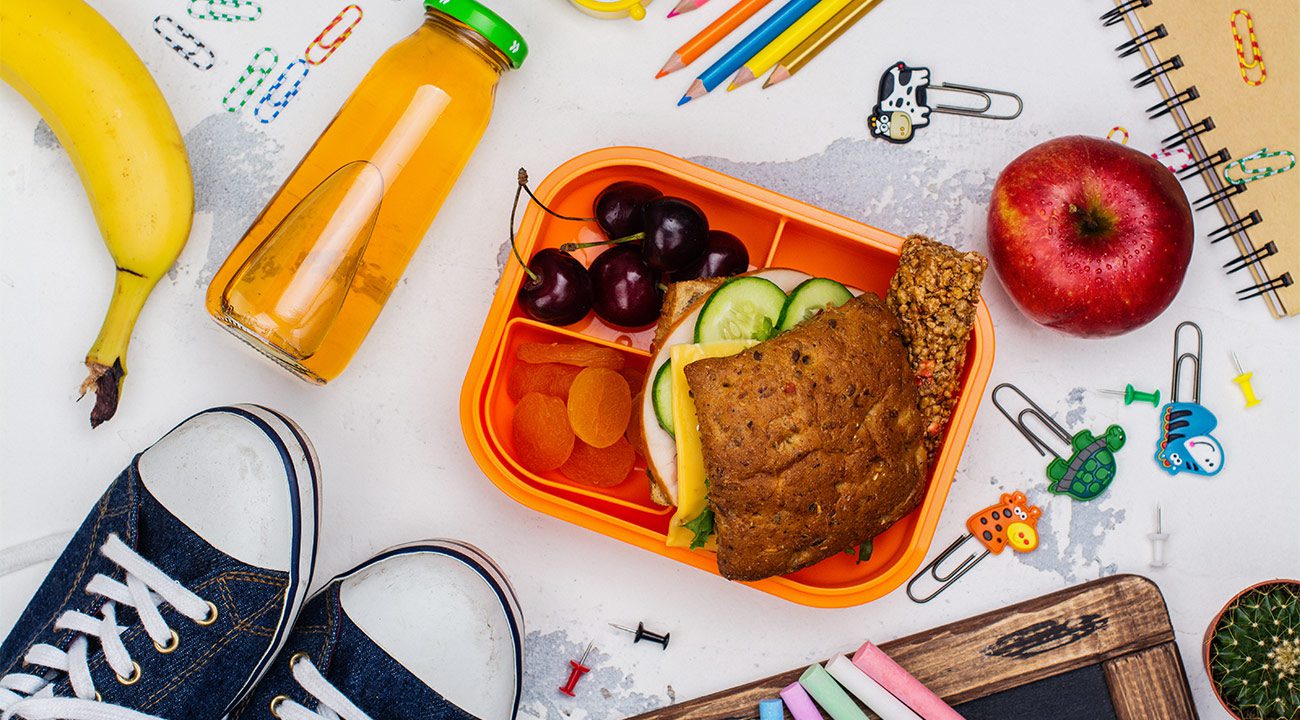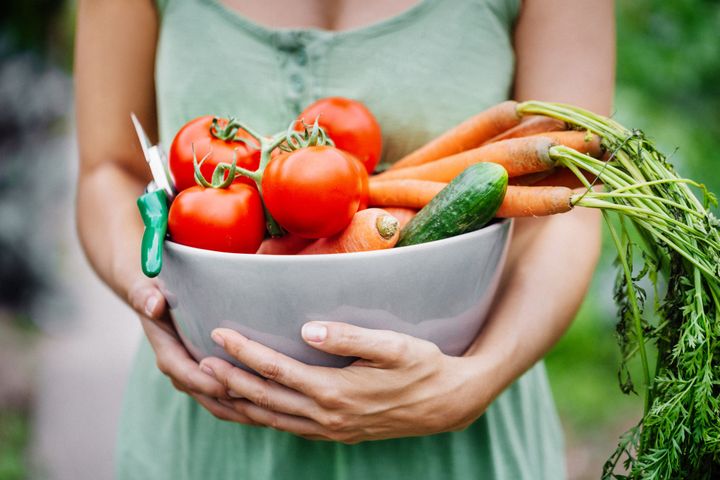Make Back to School Healthy
That’s because fall also heralds the start of cold and flu season. Although it’s important to make sure the little scholars stay healthy in the classroom, students aren’t the only ones who get sick this time of year. Teachers and parents are also at risk of catching any bug that’s circulating around campus. And the last thing you need right now is to be stuck on the sidelines with an illness. Let’s make back to school healthy!
Back to School Means More Colds and Flu
According to Johns Hopkins Medicine, most kids get six to eight colds per year—and children who attend daycare get even more. Most respiratory illnesses have been shown to occur in the fall and winter, when children are indoors and exposed to more germs.1 And that means your exposure goes way up, too! Making matters worse, humidity also drops this time of year, and that makes nasal passages drier, putting you at greater risk for infection.
Tips for a Healthy Back to School Season
Sidestepping illness isn’t always easy. But following a few proven steps can help to keep your risk of getting sick this year to a minimum.
Wash your hands. Germs live on surfaces—and kids seem to touch everything. That’s why washing your hands can be one of the most effective ways of eliminating any bacteria and viruses you may encounter throughout the school day. The Centers for Disease Control recommends washing with soap and warm water for at least 20 seconds, which is about how long it takes to sing the “Happy Birthday” song twice. And remember: hand sanitizer should be used as addition to, not as a substitute for, handwashing.
Make sure that you’re eating healthy. Back-to-school schedules can leave you with little time to focus on eating right. Though the drive-thru or pizza delivery may be crowd-pleasing time-savers, the foods they offer are typically devoid of any meaningful nutrients, and that can create the perfect environment for an illness to take hold. That’s because what you eat has a direct impact on the makeup and activity of your gut microbiota, which affects both your physical and mental health.2 Fast and prepackaged meals are also loaded with unhealthy fats and additives. A recent study showed that a high-fat diet can hinder the activation of T-cells, which help protect the body from infection.3 So instead of leaving your dinner choices to the last minute, take a couple of hours over the weekend to meal prep for the upcoming week. That way, you can make sure you’re eating healthy while saving time when you need it most.
Try to manage stress. Let’s be real: back-to-school stress is unavoidable. No matter how good a planner you are, the sudden flurry of activity that the fall brings can leave you feeling frazzled. Schedules are instantly more hectic, and the constant stress of being pulled in every direction can leave your immune system vulnerable to harmful invaders. If back to school stress becomes chronic, it can wear your immune system down, and open you up to a host of more-serious health issues, including inflammatory bowel disease (IBD).4 Pay attention to how you feel and how your body is reacting to all the extra curricular activity during this time. Don’t let stress overtake you.
Take five. Blocking out a little time each day to unwind can do wonders for your well-being. Meditation can not only clear your head and reduce stress, it can have an impact on excessive or persistent inflammation that comes with a sluggish immune system.5 If you’re new to this practice, a good place to start is by downloading a meditation app on your phone, such as Calm, Headspace, or Serenity.
Get plenty of sleep. Shifting schedules, extracurricular activities, and late nights can really mess with your sleep routine. But not getting enough shut-eye can negatively affect immune response and lead to increased pro-inflammatory activity, which can increase your risk of catching whatever’s going around. It can also increase your risk of developing an inflammation-related chronic disease over the long run.6 However, if you find that getting the recommended seven to nine hours of sleep each night just isn’t in the cards, at least try to keep a consistent sleep schedule. Hit the sack at the same time every night, as a regular sleep schedule may be more important than how many hours you log each night.
Level up your immunity with a supplement. Even if you take precautions this cold and flu season, it may not be enough to ward off every bug you encounter. That’s why it’s smart to give your immune system a little added support with a clinically proven supplement. One supplement that has been shown to be effective at reinforcing your immune response during cold and flu season is Aged Garlic Extract (AGE). Taking AGE can enhance immune-cell function and reduce the severity of colds and flu.7 It’s also been shown to reduce inflammation and improve your gut’s microbial profile.8
Even better, a supplement that pairs AGE with other immune-supporting nutrients can provide you with an extra layer of protection when it’s time to go back to school. Look for a supplement containing not not only the power of aged garlic but also vitamin C, which has been reported to both prevent and treat respiratory and systemic infections.9 But its immune-supporting benefits don’t stop there. This unique formula also boasts astragalus, medicinal mushrooms, and oregano—a trio of proven herbs shown to upregulate your defenses.
Going back to school is challenging enough on its own. But adding in cold and flu season requires giving your health a little extra attention. With these steps, you can protect yourself so you and your students won’t miss any time away from school.








